Volvo Trucks’ green ambitions involve more than emissions alone
Proof of Volvo Trucks’ green ambitions are already rolling in and around Gothenburg, Sweden.
The track at the Volvo Trucks Demonstration Center is lined with battery-electric FM and FH models. At the Hallered Proving Grounds, a prototype fuel-cell-electric FH emits nothing but water vapor. And the FH parked next to it runs on liquefied natural gas (LNG) – just like five others that will soon arrive on Canadian shores for a one-time pilot project.
Those are on top of the zero-emission vehicles already in customer hands.
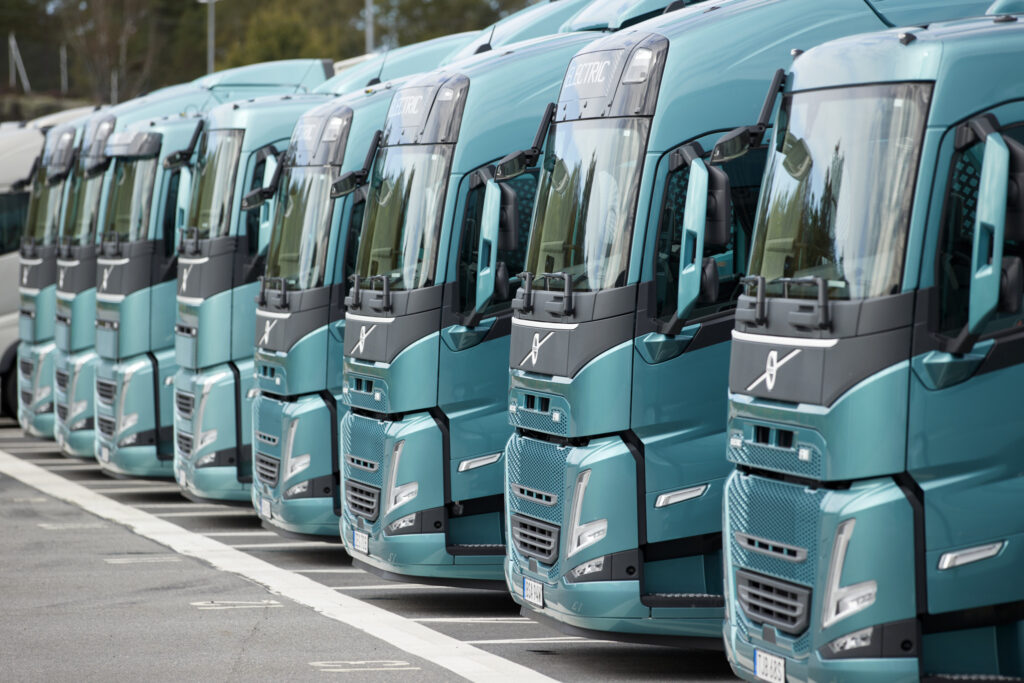
But the focus on sustainability extends far deeper than emissions alone. Volvo is rethinking which materials it uses to produce trucks, how commodities are sourced, and what happens to the individual pieces when a truck comes to the end of its useful life.
“This is not only about climate. This is not only about electromobility. This is also very much about circularity,” says environment and innovation director Lars Martensson. Trucks that reach the end of their service life don’t need to be scrapped outright. The individual pieces can be reused. Remanufactured. Repurposed.
“We don’t see it as waste,” he says. “We see it as a potential for something more.”
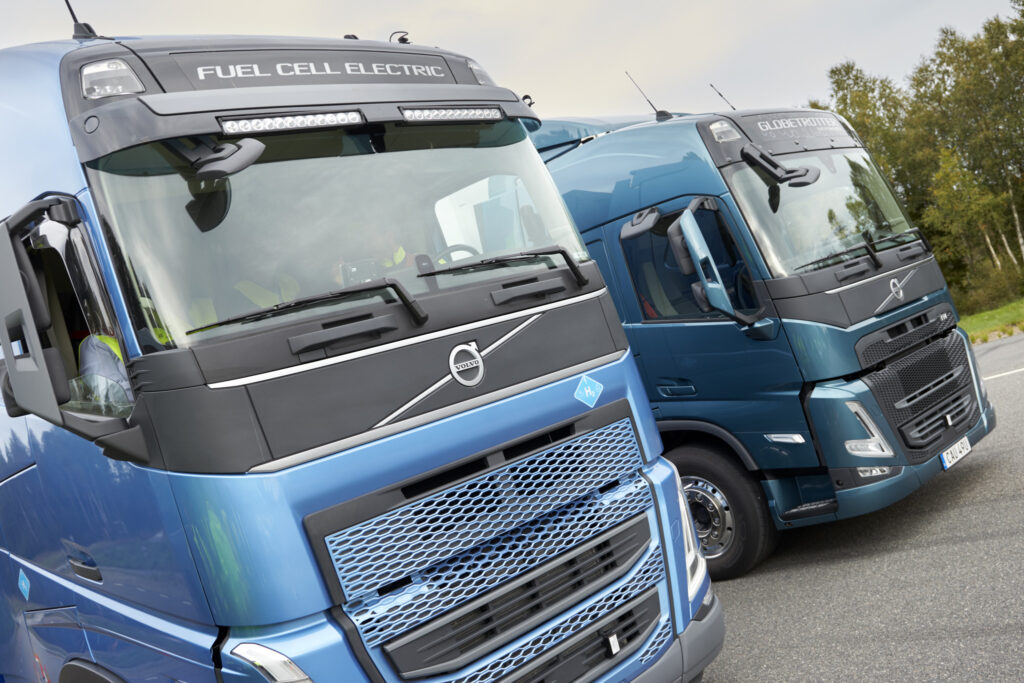
Finite resources
Many of the resources needed to make a truck are finite, after all. Earth Overshoot Day, the point when humans consumed more resources than the planet can regenerate in a year, was Aug. 2. The World Economic Forum estimates we used 1.7 times more resources than the planet could sustain.
Just 7.2% of extracted material is actually cycled back into something else, according to the Global Circularity Gap Report.
“Why throw it away?” Martensson asks, referring to such disposal as a waste of money.
Regulators are introducing pressures of their own, such as the European Union’s proposed End-of-Life Vehicles (ELV) regulations and ambitious targets for recycled content. OEMs would be responsible for collecting, dismantling and recycling the various truck parts. Even the power sources for battery-electric vehicles are not immune to regulatory demands, thanks to targets for recovering precious content like lithium and minimum thresholds of recycled material in the batteries.
“We are now required to have what’s called a ‘battery passport’, containing information about how the battery is produced,” Martensson adds, referring to just one of the ways material will be tracked.
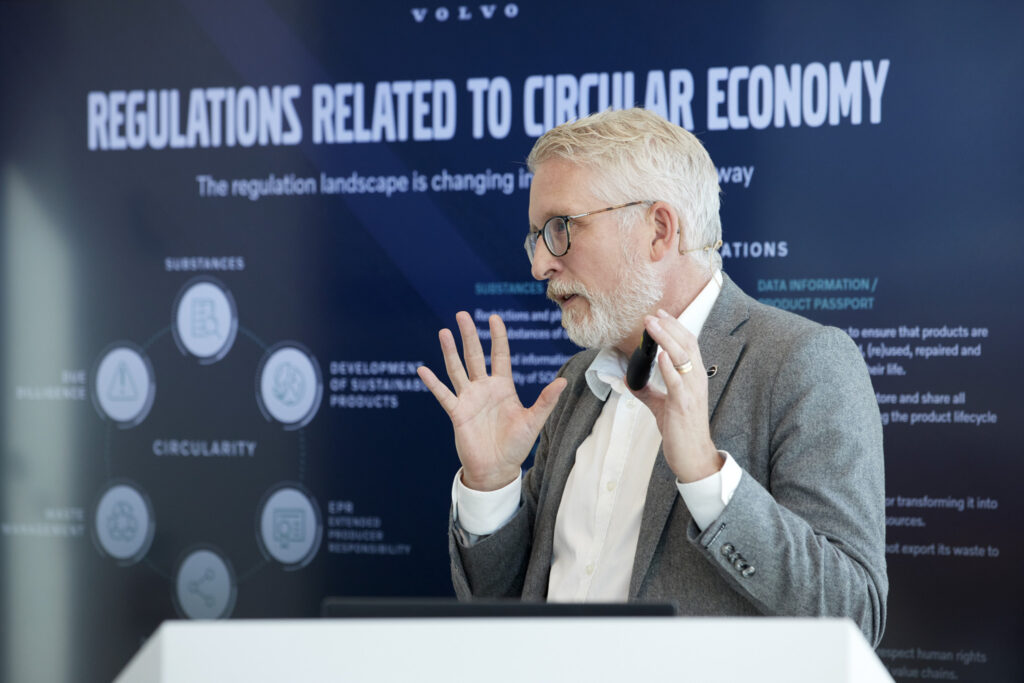
Circular thinking
But the circular thinking begins long before the trucks or even components are produced, considering factors such as the commodities needed to make various parts. “Everything starts with the product,” Martensson says. “If we use plant-based rubber, if we use a plant-based plastic, that’s a way to be less dependent on fossil sources, but also be less dependent on finite resources.”
Even the energy used to create various materials is considered. Late last year, for example, Volvo announced that it had produced a truck with frame rails made of steel produced using fossil-free electricity and hydrogen. Such steel is still rare, but it offers a glimpse of changes to come.
“We want to make sure that we use energy from renewable sources,” Martensson says. “We want to reach net-zero, not only from the truck when it’s being used, but also from the production.”
That’s no small task. Such efforts, for example, will involve connecting suppliers and the producers of fossil-free materials. That, he says, is “a very different way of working.”
One of the benefits of a product that incorporates a lot of metal is that recycled material matches the quality of virgin sources, he says. And Volvo believes about 95% of a VNR Electric truck could ultimately be recycled.
Metal and materials
Much of the weight of a diesel-powered VNR truck is steel (47%) and cast iron (31%), which account for a respective 50% and 18% of the material-related climate change impact. But there’s also plastic and rubber (10%), aluminum (4%), stainless steel (2%), and other assorted materials to consider.
Some materials are easier to extract than others, of course. Copper wiring, for example, would need to be pulled away from its protective sheaths. And even when metals are recovered, the oils and grease that protect them will need to be reclaimed.
“We are moving away from this linear way of thinking that exists in some areas, and we instead try to close the circle with all the different opportunities that we see,” Martensson says. “When we have limited resources on certain materials, we want to make sure that we get them back. We can use those materials in the production of new trucks, new batteries, and other types of components.”
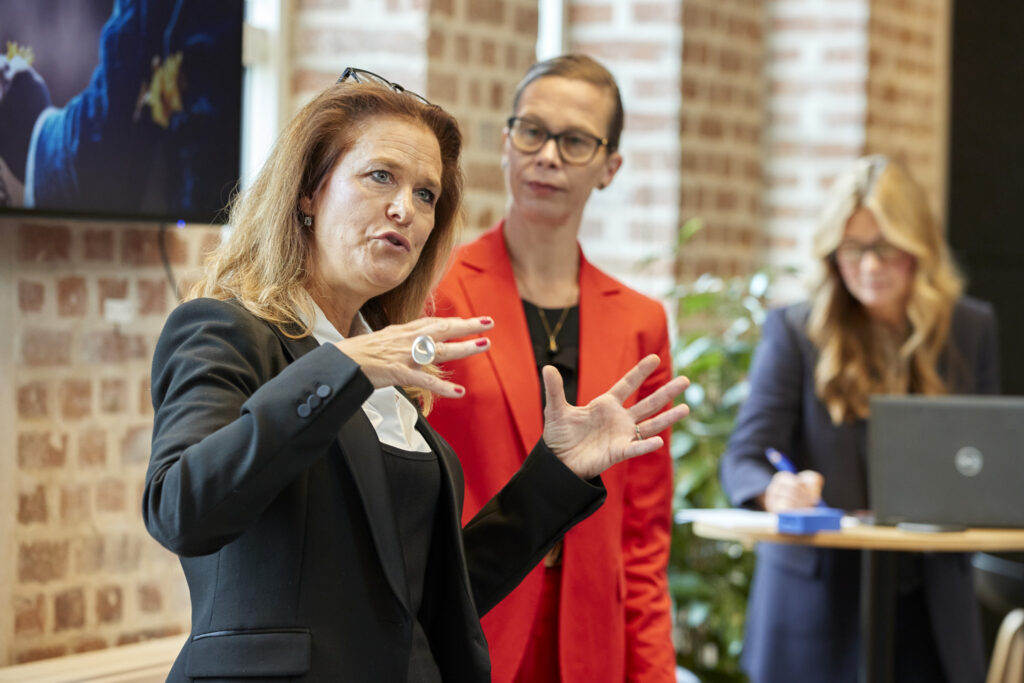
Repurposing batteries
Zero-emission vehicles represent a unique challenge. Battery-electric trucks will require battery pack capacities above 80%. Anything less than that will need to be refurbished or repurposed for another use entirely. That could include stacking batteries to create energy storage systems for data centers or construction sites. Used to support charging systems they could help manage the peaks and valleys of energy costs.
Consider this: Six battery packs previously used in one electric truck still hold about 300 kilowatt-hours of energy – the daily energy consumed by 17 households.
“Volvo Group wants to maximize the … battery throughout its lifecycle, in its first life, in its second life, in its recycling. We want to make sure that we utilize to the max those minerals that we have already taken out,” says Elisabeth Larsson, senior vice-president sales and service at Volvo Energy.
The one advantage Volvo has is that it will track exactly how truck batteries are used throughout their lives.
“It’s about digitalization. It’s about AI. It’s about collecting the data, monitoring the batteries all the way from the cradle,” she says, referring to the information that opens new opportunities.
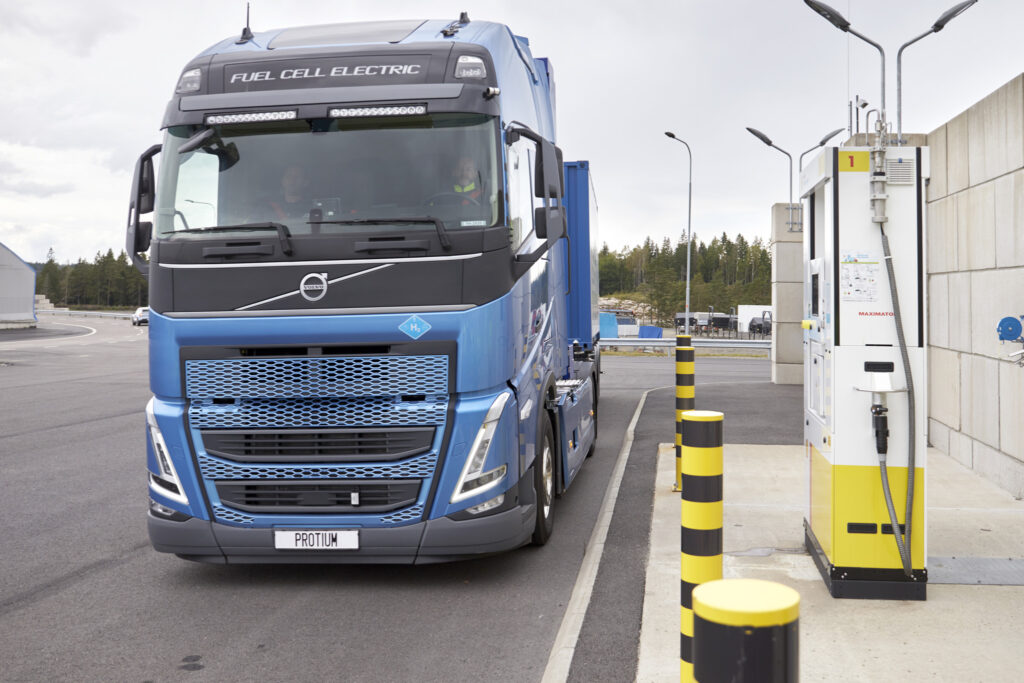
Repair and remanufacturing batteries
“We’re working a lot on making that life as long as possible. We want to be able to repair the batteries if there’s something wrong with it and send it back into the truck. Remanufacturing is that we basically take out the battery modules from the battery pack, and we save a big part of the battery pack and the BMS [battery management system], etcetera. And then we change into new modules.”
The OEM expects any remanufacturing, repair and refurbishing to be a regional activity, rather than shipping the batteries far afield. “All the labor that you’re putting into doing that – the handling, the disassembly, the assembly, the sending, transport, storage, etcetera – that cannot cost more than actually buying a new battery,” Larsson says. But the high-voltage systems essentially prevent dealers from the remanufacturing process.
The ultimate business models have yet to be finalized. Today’s electric truck owners also own the batteries within them. Would Volvo buy them back? Or offer batteries through an “as a service” model? Such answers will come with time.
“Six, seven years ago, nobody believed that heavy-duty longhaul transportation would be possible to electrify,” observes Peter Granqvist, SVP electromobility. “It’s not a paper product. It’s real.”
Have your say
This is a moderated forum. Comments will no longer be published unless they are accompanied by a first and last name and a verifiable email address. (Today's Trucking will not publish or share the email address.) Profane language and content deemed to be libelous, racist, or threatening in nature will not be published under any circumstances.